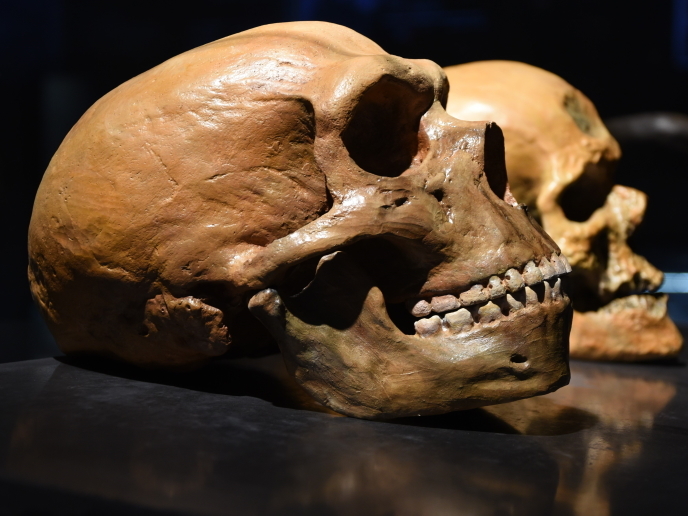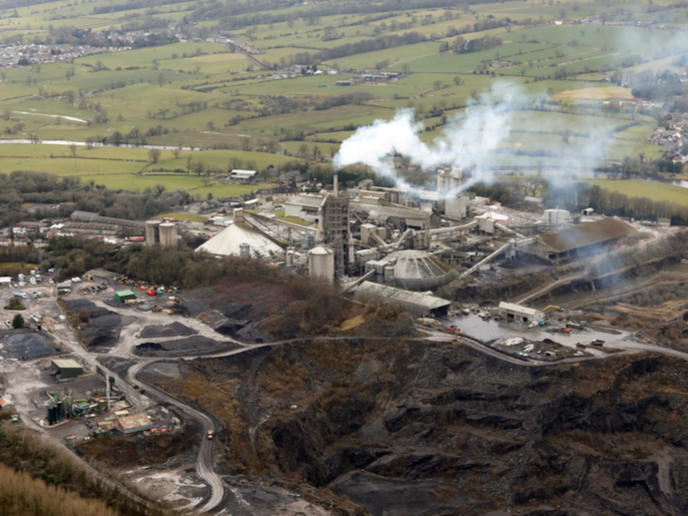Speeding up the process of dating ancient bones
Our understanding of human evolution is built on the radiocarbon dating of fossils, which helps establish the chronology of various species such as Neanderthals, Denisovans and modern humans. However, radiocarbon dating is extremely sensitive to contamination, and even a trace amount of foreign carbon, as little as 1 %, is enough to give a misleading result. The European Research Council funded ChromaChron project sought to address this with improvements to liquid chromatography techniques that can isolate amino acids from ancient fossils. Ancient bones are typically contaminated by the humic substances that make up the major organic fraction of the soil. “We must also consider everything done after excavation,” says project coordinator Thibaut Devièse. “In the old days, natural substances such as beeswax were used to preserve bone specimens in museums, and there are also many synthetic glues, and varnishes applied by archaeologists and conservators.”
Slow solution
Devièse previously headed the chemistry part of the PALAEOCHRON project, which addressed the chronology of the Middle to Upper Palaeolithic transition of Eurasia, the period from ~60-30 000 years ago. While attempting to radiocarbon date ancient hominid and animal bones, Devièse and colleagues found that as collagen degrades, it sometimes combines with carbon-containing substances in the surrounding ground. “We now know that sometimes if you radiocarbon date the collagen fraction of bones you get the wrong results,” adds Devièse. His solution, developed at the University of Oxford, was to break down the collagen and use liquid chromatography to isolate specific amino acids that were certain to be original biological material from the bone. However, the method in place at the Oxford Radiocarbon Accelerator Unit was extremely slow, with a capability of preparing two samples per day maximum. This was a major limitation preventing other laboratories pursuing this method. “If you invest in equipment that is quite expensive and can only produce two results per day, that’s not enough to pay back the cost of the instrument,” notes Devièse.
Stationary advance
At the start of the project, Oxford was the only lab in the world radiocarbon dating specific amino acids, even though the new technique has been shown to make a huge difference in dating very old samples. “We demonstrated that many results published in this field are wrong,” explains Devièse. “What I wanted was to see this method used by other labs. I thought if we set up a method that is fast and easy for people to use, the quality of the data in the scientific literature will improve drastically.” The challenge Devièse faced was to find a way to quickly isolate the amino acid hydroxyproline from collagen, without using organic solvents which would contaminate the process. Ultimately, the team found a way to accelerate the liquid chromatography process using a chromatography column with novel stationary phases, cutting the length of the amino acid separation phase by two thirds. “We’re now in the process of finishing the final tests and writing up papers on the new method,” says Devièse. “This will ensure every lab can use the technology and produce accurate dates.” “This was a tremendous step forward for compound-specific radiocarbon dating, it would have been impossible without support from the EU,” concludes Devièse.
Keywords
ChromaChron, radiocarbon dating, contamination, humic, liquid chromatography, Denisovans, human evolution




